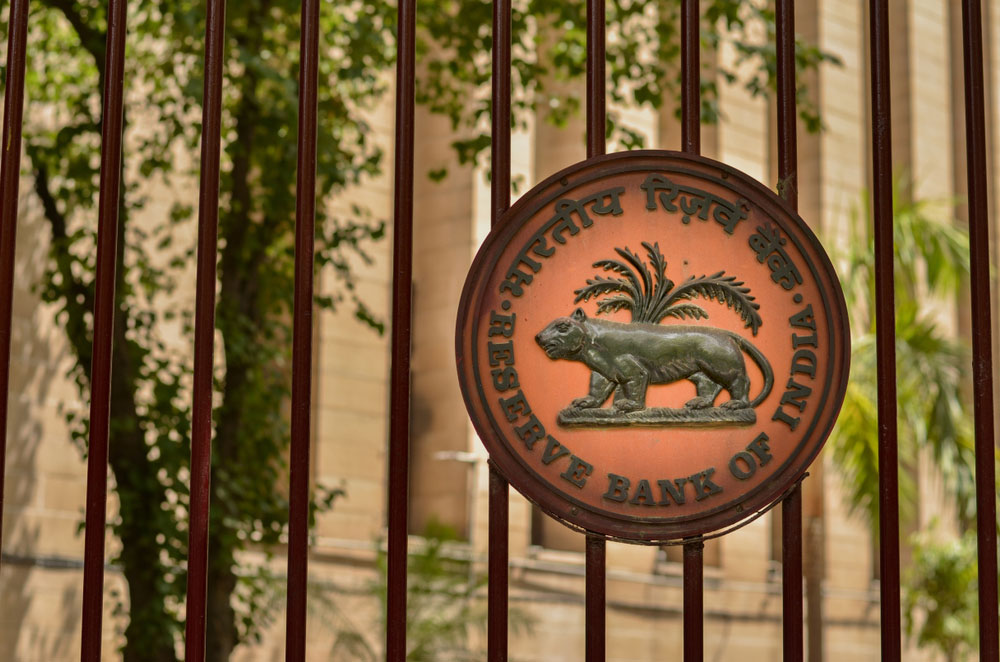The RBI on Tuesday provided state governments a greater leeway on overdraft facilities to enable them to manage their cash flow mismatches as Covid-19 plays havoc on the economy. States and union territories can now continuous get overdrafts for 21 working days against 14 working days, previously.
Similarly, the number of days for which states and union territories can be in overdraft in a quarter has been increased to 50 working days from 36 working days at present.
In a circular, the RBI said it has permitted “greater space” to state governments and union territories for getting overdraft facilities. This measure comes nearly a week after the central bank gave them more leeway to avail temporary loan facilities called ways and means advances (WMA), to enable them to meet mismatches in their payments and receipts.
The RBI increased the limit under this facility by 30 per cent from the current levels. The revised limits came into force with effect from April 1, and will be valid till September 30.
Meanwhile, an auction of state development loans saw 18 state governments raising Rs 32,560 crore.
Bond yields rise
Bond yields have been on the rise despite the RBI reducing the policy repo rate by a sharp 75 basis points and infusing a heavy dose of liquidity.
From a level of 5.99 per cent in early March, they are ruling at 6.42 per cent (benchmark security) because of worries over large borrowings by the Centre and the states.
The central government had announced a Rs 4.88 lakh crore borrowing programme in the first half of 2020-21, which is 62.5 per cent of its gross borrowing target set for the fiscal.
The Centre will be borrowing over Rs 19,000 crore every week.
Market circles had said this would push up bond yields.
The trend was visible at the auction of the state governments on Tuesday, with Andhra Pradesh raising 10-year money at an yield of 8 per cent.
'The 10-year yield is likely to move down to 5.5-5.75 per cent range, as the spread over repo rate has been around 120-135 basis points. However, it will start ratcheting up once the picture becomes clear and the government knows how much fiscal expansion will happen post Covid-19,' the economic research wing of the SBI said in a recent note.
The Bengal government had appealled to the Modi government on Monday to front load the release of central funds and relax the tough limit set on its budgetary deficit under the Fiscal Responsibility and Budget Management (FRBM) Act which place restrictions on its ability to increase market borrowings.











